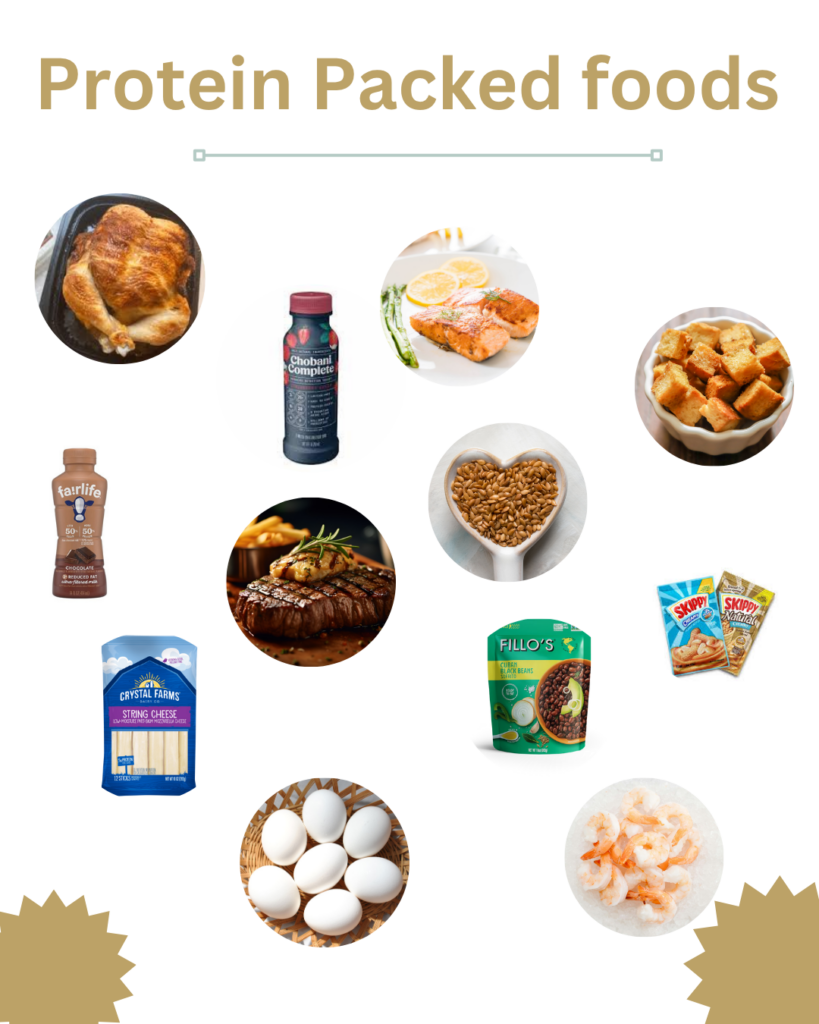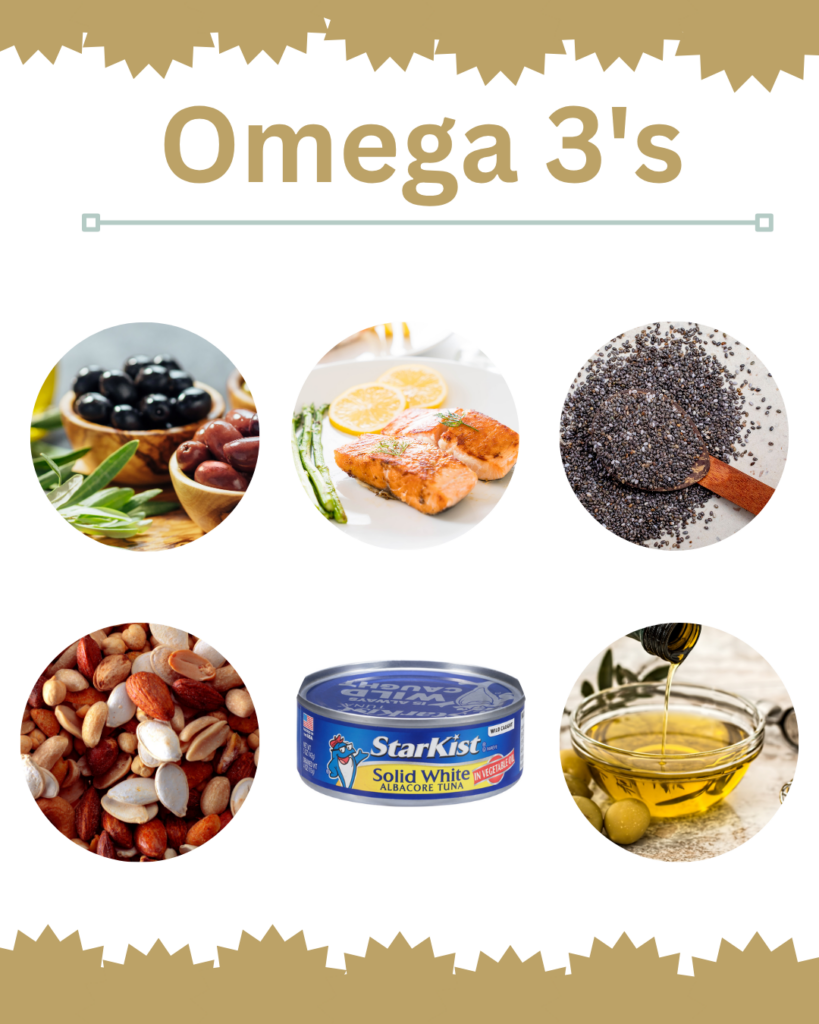All I did was get down in the defensive stance, and it was gone. This was my first experience with an ACL tear. And as a senior in high school it was devastating. So many of us have been there, have gone through surgeries and had to recover from season ending injuries. With those injuries comes so many thoughts around how to best take care of your body. But also, different injuries require different types of recovery. If you’ve ever been to see a physical therapist they will be the first to tell you there is no one size fits all, and I would agree that nutrition is the exact same way. But there are some major overlaps that are super common, like FEAR of the unknown, fear of losing muscle, fear of gaining fat, fear of getting out of shape…
Its not uncommon for athletes to struggle with body image and wanting to “watch” what they eat in order to not gain weight. These are extremely dangerous thoughts, because this often leads to under fueling and an unhealthy sense of control in the midst of a really uncomfortable period of life where life feels out of control.
Instead… aiming to fuel the body in a way that is going to optimize recovery is the best thing we can do for our body! This encompasses a few different areas of health
- Nourishing our body with the proper nutrients (carbs, protein, fat, produce)
- Getting enough sleep! Rest allows the body the ability to heal
- Mental health: making sure you have ways to cope with the massive change that being less active has on you
Athletes Recovering from Surgery:
We are really going to focus on the impacts of the nutrients on your body and what different types of fuel we need to target to help with recovery. You may be surprised but, decreasing your caloric intake isn’t actually the best approach.
We want to start by making sure you are still meeting your basic needs as a human, so this looks like getting 3 meals in a day and 1-2 snacks. Meeting these basic needs will allow the body the ability to work on healing the body part that had the surgery. This may seem like a lot because you aren’t doing your normal activity. What we are doing now instead is regrowing your muscle and healing, and to be honest that takes a major toll on your body. For most procedures you will also begin going to physical therapy shortly after your surgery which as hard as it is to believe is activity and needs to be fueled for.
After my 4th knee surgery (ACL number 2), one thing I noticed was how NOT HUNGRY I was, the hunger cues for the first 3-4 days were just shot. But this is really when it is most imperative to be getting those protein needs met for healing and wound repair.
Once we have met our basic needs and the body is able to focus on healing we start talking about Carbs & Protein. Lets start with protein.
Protein Needs for Recovery
Protein is the nutrient that helps repair muscle. After surgery this is when we need the highest amount of protein, arguably a higher ratio than what you need when you are working out and building muscle. But remember we are not just healing muscle we are healing tissue and ligaments. This means we also want to include Collagen and Leucine, which are naturally occurring in dairy products and meat.
An easy way to get your protein needs met is making sure we are having a protein source almost every time we eat. Your protein needs after a surgery are when your protein needs are higher than any other time eating. This can start with having meat, dairy, beans, nuts, fish, or even tofu! What can make this tricky though, not being hungry.
Prepare by having some beverages and snacks at the house ready to go will help! Fair life milk or shakes are a great option, Greek yogurt available to help make some smoothies, including protein powder (that is NSF or informed choice certified). Aiming to have drinks that also have some carbs in it will help to get more out of your drink. And including those smoothies can help add in the vitamin C to help with the absorption of the collagen! And the dairy products are great sources of Leucine that help with the muscle and tissue repair.
Other good options for protein include:

Carbs for Recovery
Now that we have met our protein needs lets talk about the fuel sources that provide the energy! Carbs & fat, both of these provide energy for us to operate. Carbohydrates are the body’s favorite source of fuel we want to aim to have around ¼-⅓ of our plate carbs and have 1-2 servings of fat at each meal.
When we are talking about carbs understanding that at the beginning if you aren’t hungry it may be easier to stick with easier to digest carbs and fruit!! Definitely lots of fruit 🙂 Fruit is great because it does have fiber which after those medications they give you definitely comes in handy!
To help with decreasing inflammation in the body, choosing fat sources that are unsaturated or higher in Omega 3s is extremely helpful. This would be choosing foods like fish, nuts and seeds, olives and olive oil.
Recovering from Concussions:
After having a concussion the brain is swollen, and inflamed. The best way to decrease symptoms of a concussion are to actually start before the concussion happens making sure you are getting Omega 3s in on a consistent basis. So including fish, nuts and seeds, avocados, olives and olive oil. Now if you’re thinking well that would have been great to have known before the concussion happened, you can still make sure that you are increasing your intake of Omega 3s. You can also supplement with an Omega 3 supplement. But make sure that you are using a company that is NSF or Informed choice certified, I recommend Thorne as a trusted reputable company. But increasing the Omega 3s help with decreasing the inflammation in the brain. This will decrease the swelling and decrease the amount of days with the symptoms.

Healing from a soft tissue injury:
Soft tissue injuries injuries are wide in variety and include bruises, sprains, strains, tendonitis, etc. With these you also may range in time that you are being asked to rest ranging from a few days to a few weeks. You also may be ranging in your level of activity depending on the injury.
First remember you still need to meet your energy needs as well, just like listed above. Get 3 meals and 1-2 snacks in a day as well as a balance of ¼ plate carbs, ¼ plate protein and ½ your plate produce.
But once you are meeting your energy needs there are some functional foods to try and increase to help recover. Adding in extra dairy will help you meet carb, protein needs but will also add in extra leucine for healing.
Since we are healing soft tissue including meat products and pairing them with Vit C will also improve the collagen that is naturally in your body that is trying to be healed as well.
Lastly making sure we are including food that decrease inflammation. This would be omega 3s, antioxidants and foods high in Nitric Oxide. Antioxidants & Nitric Oxide rich foods are your dark leafy greens, beets, tart cherry juice or cherries, and berries!
Other Nutrients to help with recovery:
Leucine: bone and soft tissue injuries
Vit c + gelatin: soft tissue injuries
Collagen : soft tissue & joint injuries
Calcium : bone injuries
Vit d : bone injuries
Omega 3s: head injuries and decreasing inflammation
Nitric Oxide: joint or soft tissue injury
Disordered eating & dieting in recovery
It is not unusual to start experiencing a fear of your body changing when you get injured. But decreasing food intake, tracking your calories or going on a diet isn’t going to get you back to the game quicker. It can actually lead to pretty harmful thoughts and delayed healing.
If you are someone who is already struggling check out my blog about Relative Energy Deficiency in Sport and the impact it plays on athletes.
As always, if this is something you would like help with, please reach out! Let’s Chat